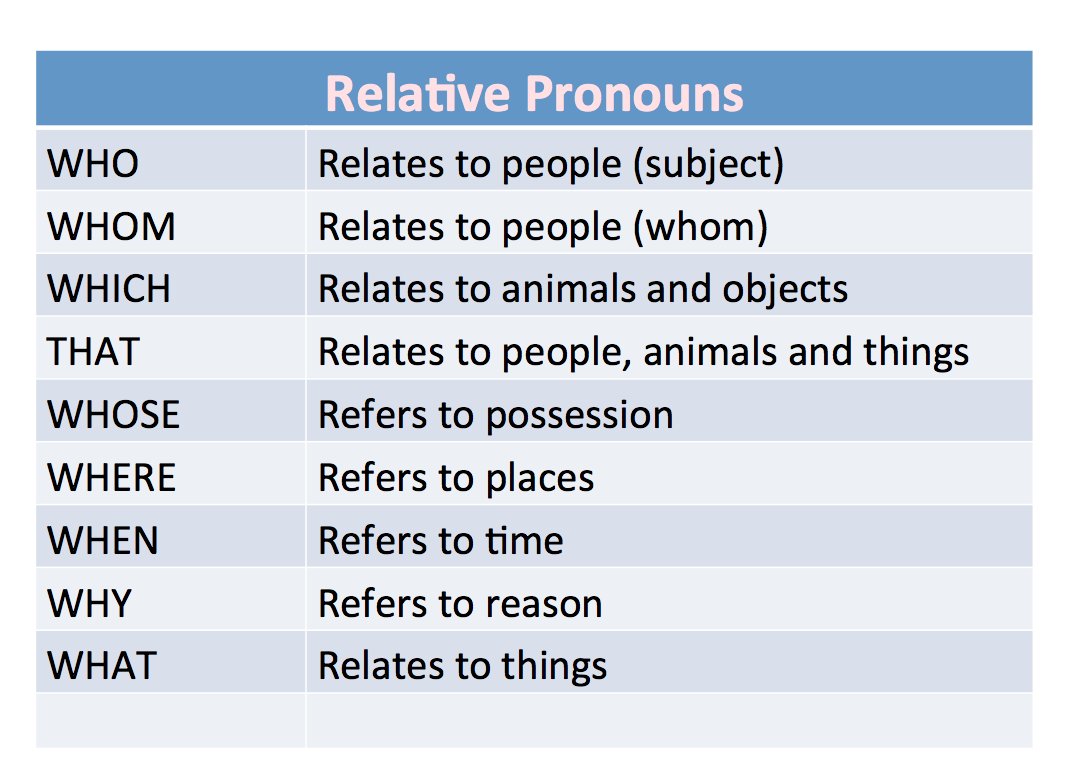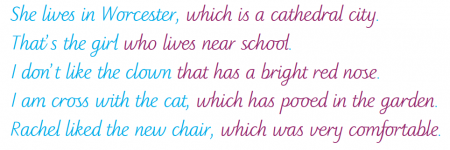WORLD BOOK DAY - A COLLABORATIVE READING IN CONFINEMENT
Even while living in confinement, we have to find the way to work with our students the different skills they'll need in the future. This is one of the reasons I've prepared some material to work reading for pleasure in a collaborative way. These are the steps of our task for this week in our Google Classroom:
- I've chosen two different adapted novels according to my group levels.
- I've divided the pages into the students in each group. So they know which pages have to read aloud.
- Some tools and apps for revising their pronunciation and entonation have been provided.
- The task consists in recording a video of themselves while reading aloud the excerpts that have been assigned to them.
- After that, they'll send me the videos and we'll have a collaborative reading of the same book.
When I've posted the task on Classroom this morning, I've also included an evaluation guide, so they know how I'm going to grade their readings. I've only considered three criteria to grade this task, with three levels each one:
The task deadline is on Friday, so they have five days to prepare properly, the part of the book they have to read and record.
Finally, I've given to them some recomendations on films about these novels, and I've invited them to participate in a Kahoot Challenge, about Literature in English:
I hope they definitely start loving literature!!!!!
 |
| Pic taken from http://highgreenprimary.co.uk/2020/02/world-book-day/ |









